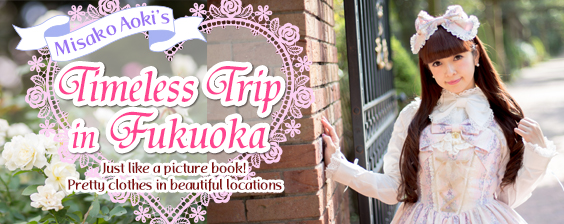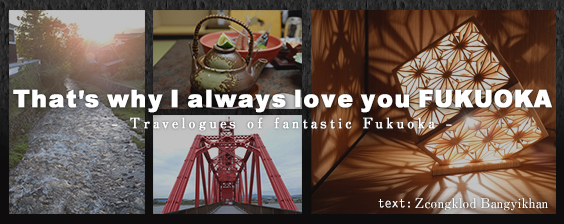- Home
- feature
- Lolita Fashion Feature
- The History of Lolita Fashion
The History of Lolita Fashion

The fashion craze that's catching everyone's attention both here and abroad: lolita fashion. But how did it start? Why did the style of European princesses become a street fashion movement that draws attention from the four corners of the earth? In this lecture I'll unravel the history of lolita fashion.
1980's and the Roots of Lolita Fashion
Modern day lolita fashion has its roots in a trend that peaked in the 80's called “doll fashion”. An example from the time that has persisted to this day is the countryish “Pink House” brand. At the same time, two designers from the brand “Milk”, which often featured on album covers, set up shop independently as “Jane Marple” and “Emily Temple Cute”. Both contained lolita-ish concepts but could not yet be called lolita fashion. Instead, this new breed of fashionable girl took their name from their favorite magazine “Olive” and were dubbed “Olive Girls”.
The clothes worn by olive girls and the dolls, along with their associated styles, form the origin of today's lolita girls. In the second half of the 80's girls starting wearing striking outfits to go see their favorite artists, usually signed to the largest indie label of the time, Nagomu Records, earning themselves the name “Nagomu Girls”. These Bangirls (girls who followed bands around) and their original, flamboyant outfits have left an impression that lasts to this day.

The 90's, Visual Kei and the Birth of the Gothic Lolita

By the start of the 90's “Lolita fashion” had finally become clearly defined and the phrase began to be used in fashion magazines. It was a time when visual kei rock bands appeared on the scene and the world famous X Japan made their debut. The characteristics of visual kei include over-the-top outfits, feminine make-up and an “obsession with the visual”. The term has its origin in X Japan's album Vanishing Japan. The fans habit of going to X Japan concerts in costume, imitating the band, is where gothic lolita fashion finds its roots.

Furthermore, in the second half of the 90's Malice Mizer broke through, including the more feminine styled Mana who modern gothic lolitas hold dear. The brand Moi-meme-Moitie (http://moi-meme-moitie.shop-pro.jp/) was also established and continues to affect the culture to this day. Visual kei and gothic lolita style remain inseparable and the reason many female fans follow this fashion trend is the “princess yearning for a prince” feeling they get from it.
In 1998, a fashion magazine called Kerouac (now known as Kera) started running more lolita fashion street snaps. At the same time lolita brands were being created left right and centre, and readers started demanding: “We want more lolita fashion”.
2000 Onwards: the Fragmentation of the Lolita Movement
As the world entered the new millenium the Japanese Film Kamikaze Girls burst onto the scene, acknowledging lolita fashion in the mainstream. The number of girls desperate to imitate the protagonist, Momoko Ryugasaki, exploded forming something of a social phenomenon.
The second half of the noughties brought us Ai Yazawa's hit comic and movie “Nana”. Lolipunk (lolita punk) spread like wildfire. This boom in the popularity of lolita punk followed the main character's love of the British brand Vivienne Westwood. You can still see this style at the concerts of modern visual kei groups. With the spread of the internet it became easier to find out about whatever you want. Japanese manga, anime and music, along with lolita fashion was brought to the attention of an international audience through this new medium. The number of devout lolita fans around the world and the growth of this culture is something Japan can truly be proud of.

 Measures and provisions are being taken at various locations in an effort to prevent the spread of the new coronavirus.
Measures and provisions are being taken at various locations in an effort to prevent the spread of the new coronavirus.













